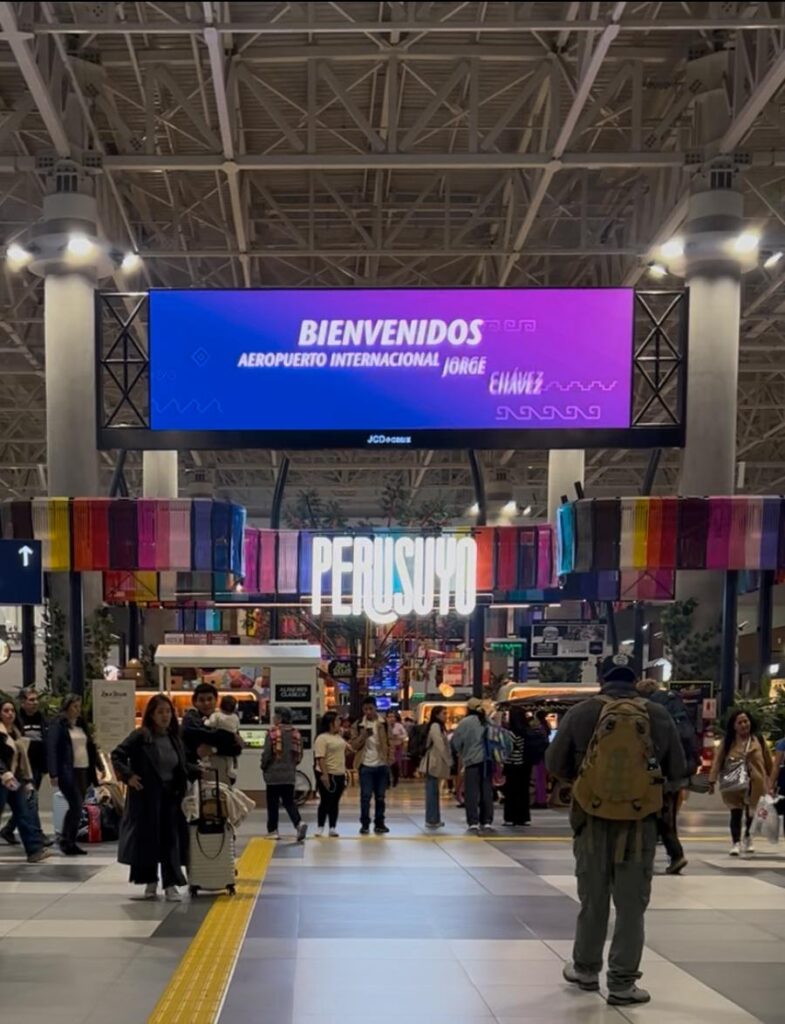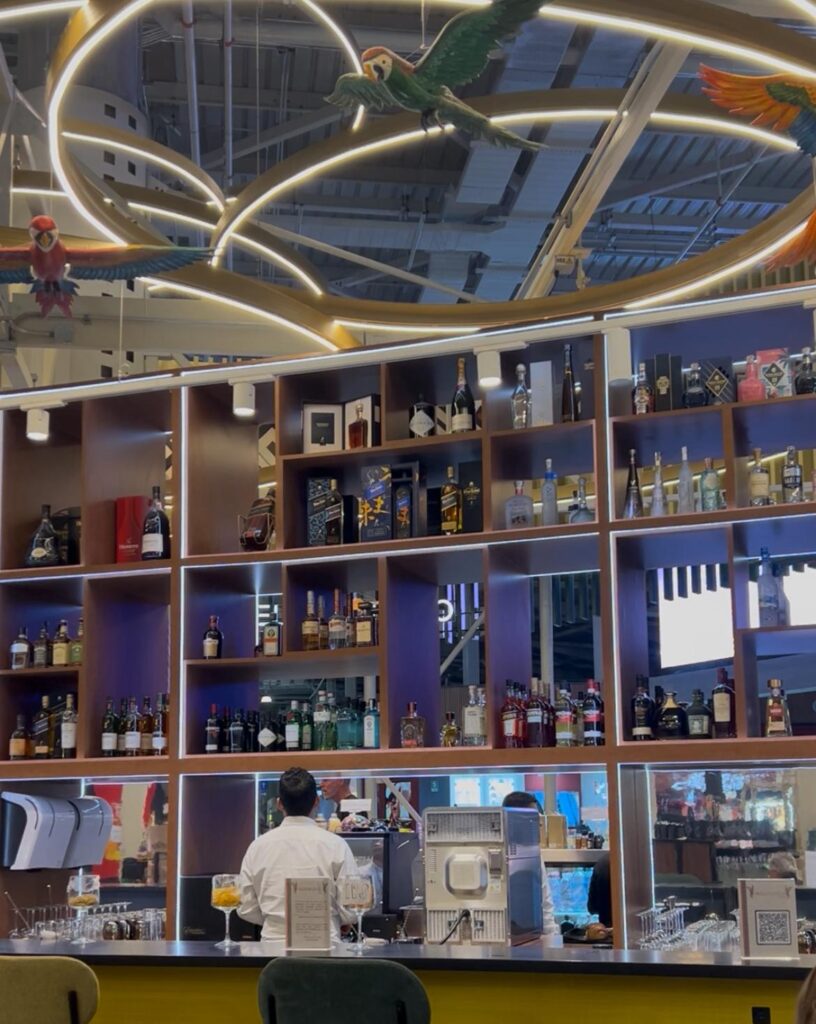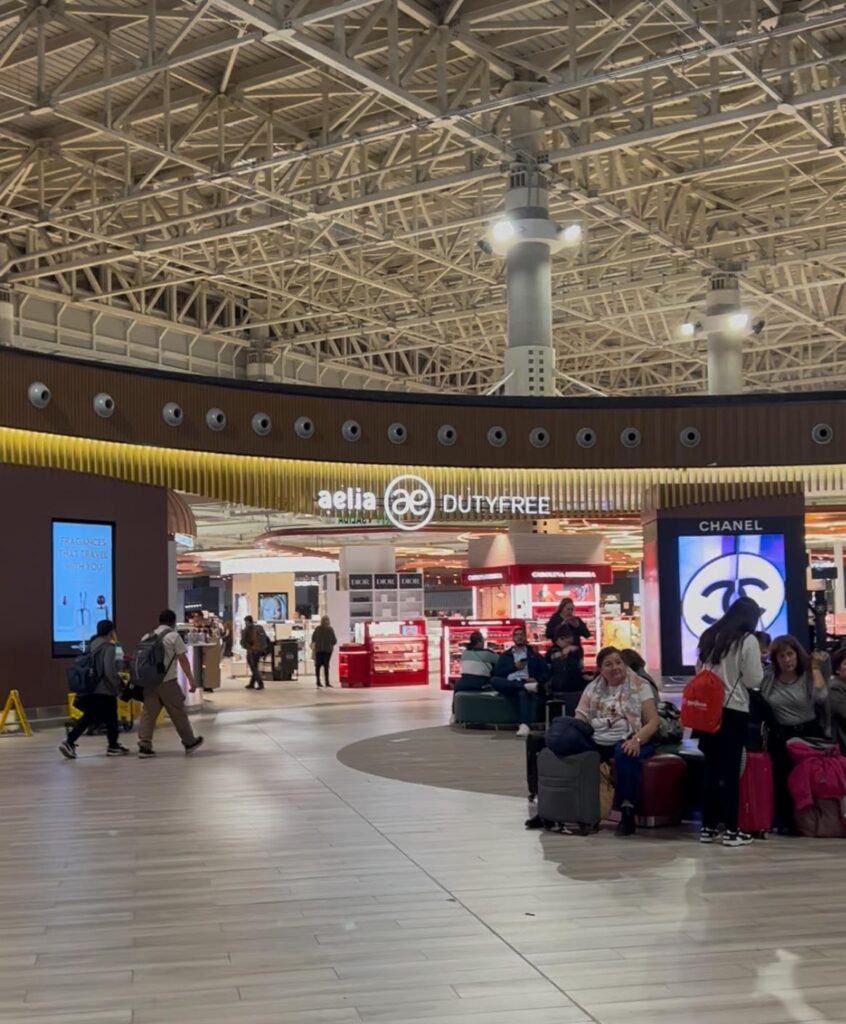
The new terminal of Jorge Chávez International Airport officially opened its doors on June 1, 2025, marking a milestone in the country’s airport infrastructure.
Jorge E. Bravo – Project Management Domestic & International, Jun 26, 2025
Officially inaugurated on May 31 with a formal ceremony, the new Jorge Chávez International Airport terminal is three times larger than the previous facility. Its first flight departed to Atlanta, marking the beginning of a new era in Peruvian air travel. Designed to handle up to 40 million passengers annually, the terminal features 44 boarding gates and 142 check-in counters—a significant upgrade from the previous terminal’s 96 counters.
The new terminal at Jorge Chávez International Airport features state-of-the-art technology to enhance the passenger experience. From biometric immigration control systems and self-service check-in kiosks to automated baggage handling and real-time digital flight displays, every detail is designed to ensure faster, more efficient travel.
What sets this terminal apart is its celebration of Peruvian cultural identity. The architectural design incorporates native materials, local art installations, and an authentic Peruvian culinary experience, making it not just a gateway to Peru, but a cultural showcase in itself.
Access to the new Jorge Chávez International Airport terminal is currently limited. Pedestrian entry is not allowed, and only authorized vehicles are permitted in the drop-off zone. For now, vehicles must use Morales Duárez Avenue to access the terminal, while construction of the Santa Rosa Bridge—set to become the airport’s main entrance—is being completed.

For travelers without private transportation, the AeroDirecto Quilca public service offers an efficient way to reach the new Jorge Chávez International Airport terminal. Departing from Quilca Avenue near the Faucett intersection, this route provides direct access via Morales Duárez Avenue.
Fares start at just S/ 2 (approx. USD 0.50), depending on the boarding point. The buses are equipped with air conditioning, internal cameras, and real-time monitoring. This route is part of five official transportation lines established by the Urban Transport Authority (ATU) to improve access for passengers and airport staff.
Regarding taxis, only those authorized by Lima Airport Partners (LAP) or registered on ride-hailing apps are allowed into the terminal area. Informal or unregistered vehicles are prohibited from entering, helping to reduce traffic congestion and enhance airport safety.

According to Peru’s Ministry of Transport and Communications (MTC), current pedestrian restrictions at the new Jorge Chávez International Airport terminal are due to the use of temporary bridges, which are not suitable for foot traffic. This measure also aims to prevent the traffic congestion that plagued the old terminal, ensuring a more organized flow of vehicles while final access routes are completed. The MTC has confirmed that these are temporary measures as part of a transition toward a more modern and efficient access system.
The new terminal at Jorge Chávez International Airport is more than just a major infrastructure project — it marks the beginning of a new era for Peru. With a cutting-edge design and a focus on operational efficiency, it reflects the country’s ongoing transformation and economic growth.
In recent months, Lima has gained global recognition. Maido was named the best restaurant in the world, while other Peruvian dining establishments continue to rise in international rankings. Influencers, world-class chefs, and major media outlets have turned their attention to the capital, sparking a ripple effect in tourism. Additionally, the rise of international education adds to the momentum: Universidad Continental del Perú has launched operations in Florida through a virtual campus, with plans to open a physical location by 2026. This move strengthens its ties with U.S. institutions and boosts its status as a global academic leader.

Districts like Barranco, Miraflores, and San Isidro have seen a steady increase in property values, with an average annual appreciation of 5–7%. Platforms like Airbnb report strong demand in these areas, with occupancy rates between 60–70% and investment returns exceeding 6%. The steady influx of tourists seeking authentic experiences—from world-renowned gastronomy to iconic sites like Machu Picchu, Rainbow Mountain, Laguna 69, Colca Canyon, and the vineyards of Ica—has positioned Peru as a holistic destination where culture and modernity meet.
So what does all this have to do with the new airport? The airport is more than just an entry point. It’s a symbol of transformation. The decision to limit access to authorized vehicles isn’t just a logistical measure—it reflects a forward-thinking vision. The Ministry of Transport and Communications (MTC) explained that this restriction is due to temporary infrastructure constraints, but also aims to avoid the kind of traffic chaos that used to define the old terminal. The goal is clear: to set a new standard for urban mobility and public management.

The country is changing. The question is: will you be part of it? At JJ Tech Innovations, we’re ready to help you identify opportunities, invest wisely, and become an active part of this transformation. Book a call with us and let’s turn ideas into solutions.
Captions:
[1] larepublica.pe [2] www.peru-retail.com [3] RPP: Impacto económico del turismo gastronómico [4] TheLatinvestor: Property market in Lima 2025 [5] Sociedad Peruana de Bienes Raíces: Mejores distritos para Airbnb [6] Club Franquicia: Universidad Continental en Florida [7] Machu Picchu Luna Tours: Laguna 69 y destinos naturales [8] TreXperience: Crecimiento del turismo en Machu Picchu
